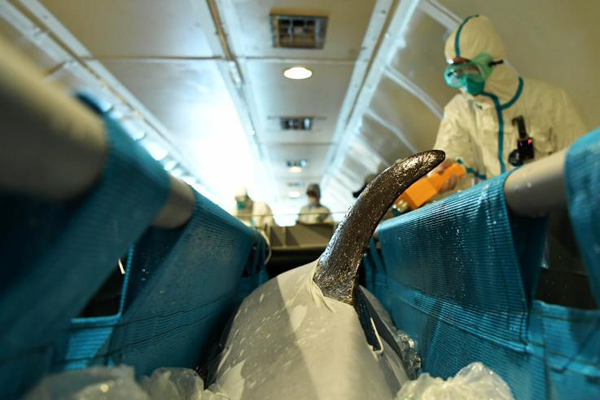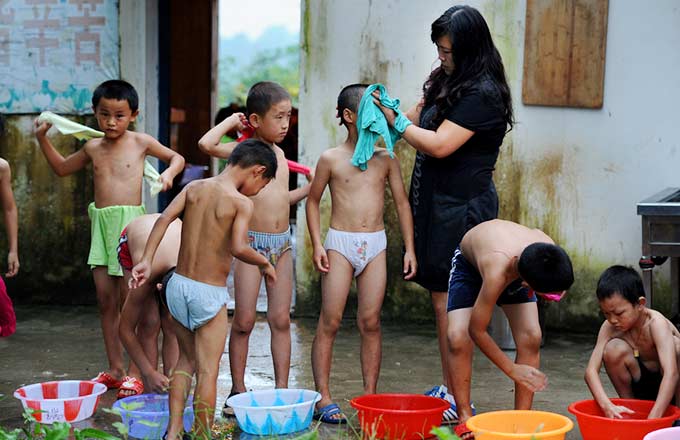Call to rethink sources of infection
Nearly 40 percent of the patients infected with the H7N9 virus were not in contact with poultry before being diagnosed, Beijing News reported.
Zeng Guang, consultant of Beijing Chaoyang District Center for Disease Control and Prevention, urged health authorities to look for new sources of infection.
"How did these patients get the virus? It is unknown," Zeng told the newspaper.
He also suggested expanding the scale of virus screening, as Beijing reported a case on Monday in which a healthy person carried the H7N9 virus.
The boy, 4, surnamed Zhu, was confirmed as a virus carrier in Beijing on Monday but tested negative twice for infection.
"If it is possible for a healthy person to carry the virus, preventative measures are necessary to control virus expansion," Zeng said.
From 6 pm on Monday to 8 pm Tuesday, China confirmed 14 new cases of H7N9 avian influenza, with two more deaths reported in Shanghai, Xinhua reported.
The National Health and Family Planning Commission said in its daily update on H7N9 cases that a total of 77 cases have been reported in China, including 16 fatalities.
- HK CE pledges resources to fight H7N9
- Top Chinese lab reveals H7N9 source
- Livestock, poultry farms a big source of pollution
- China confirms 77 H7N9 cases, 16 deaths
- Rural H7N9 patients guaranteed access to care
- Beijing's first H7N9 patient to be discharged Wed
- Rural H7N9 victims to be reimbursed for treatment


















